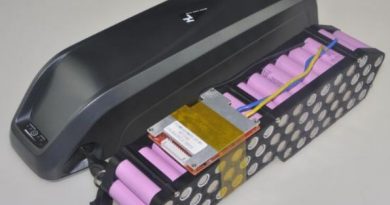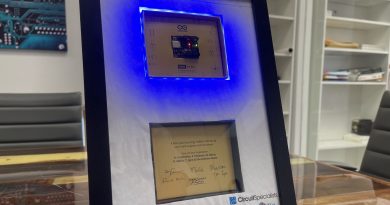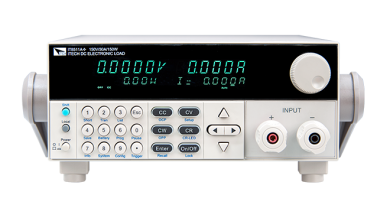Basics of DC Electronic Loads
To select a DC electronic load that best fits your desired application, you should first consider the task or tasks that the load is going to be used for.
Some things to consider when selecting an electronic load are:
- What are the lowest & highest voltage points that you need the DC electronic load to read?
- What kind of measurements are needed (RMS measurements, digitized, etc.)?
- What is the highest current operating point that the electronic load may need to read?
- Will the electronic load be testing one unit per test or will you need to test several units?
- Does the DC electronic load have front panel connections? This may be critical to reduce cable drop and increase the accuracy of the electronic load.
- Can your electronic load be quickly reconfigured for changing applications?
Once you have determined which tests you need to perform, you will be ready to select the right DC electronic load. The four major modes of operation for an electronic load are constant current (CV), constant voltage (CV), constant resistance (CR), and constant power (CP).
A well-designed electronic load will always control the current. No matter what mode the load is in, it is always controlling the current, which will allow you to set a current level that the DC load will draw regardless of any changes in voltage.
Constant resistance (CR) mode allows you to set the resistance value. The load will then adjust the current draw inversely to compensate for any change to the testing voltage. Constant voltage (CV) mode allows you to set a fixed voltage. The electronic load will sink the necessary current to keep the voltage at the set level. Constant power (CP) mode allows you to set the wattage level required for your test, and then the load will adjust the current draw proportionately to compensate for any changes in the voltage. These settings will remain constant, unless there is an event that triggers one of the protection modes.
DC electronic loads typically include standard PC interface features including RS-232 and USB (GPIB may also be provided). Using your computer to control and record testing data through an electronic load can help you set the DC load’s control parameters as well as record all events that occur during the testing period.


